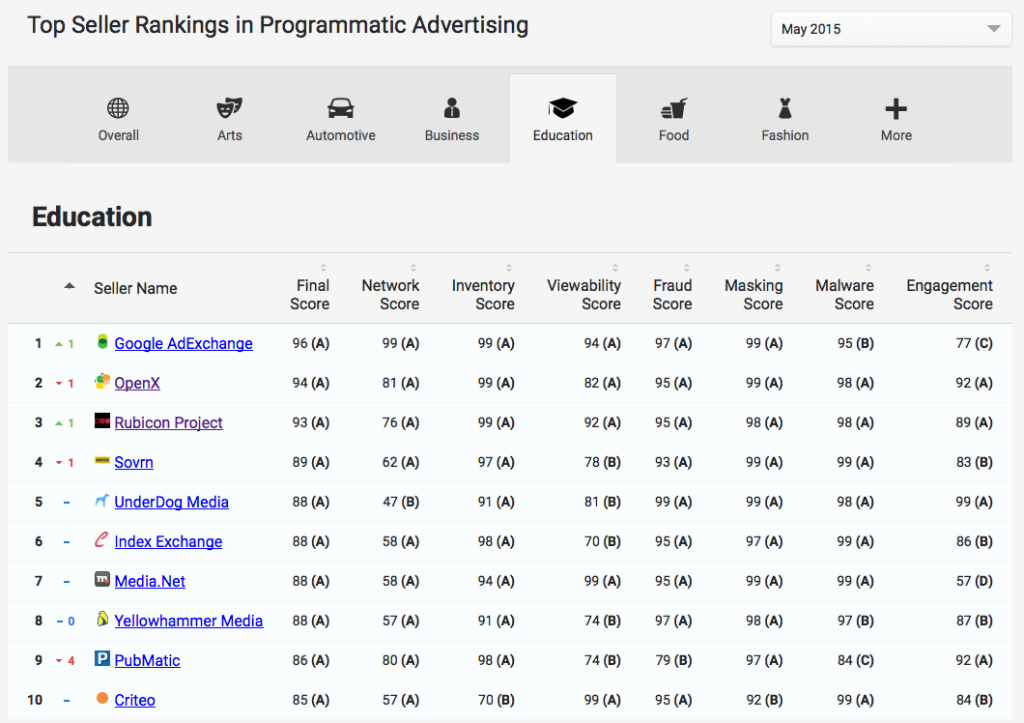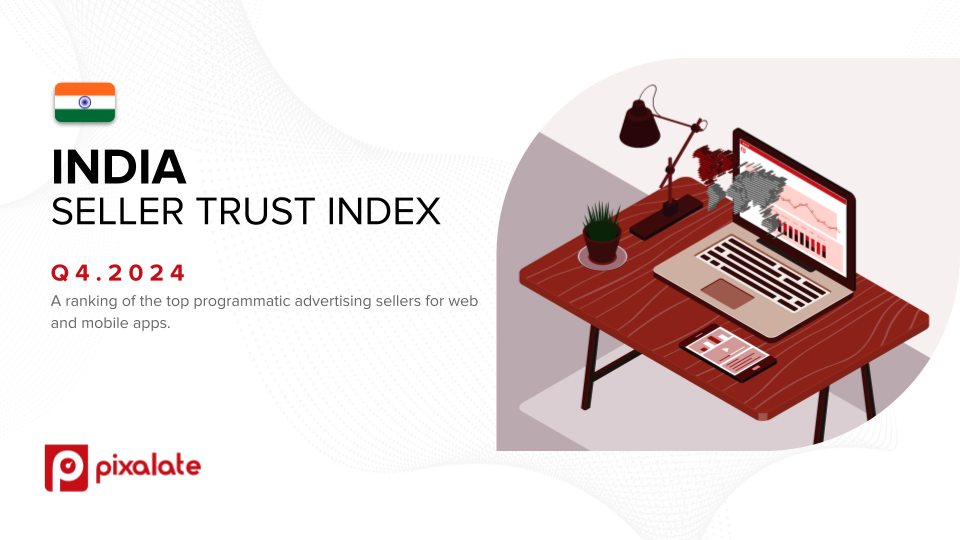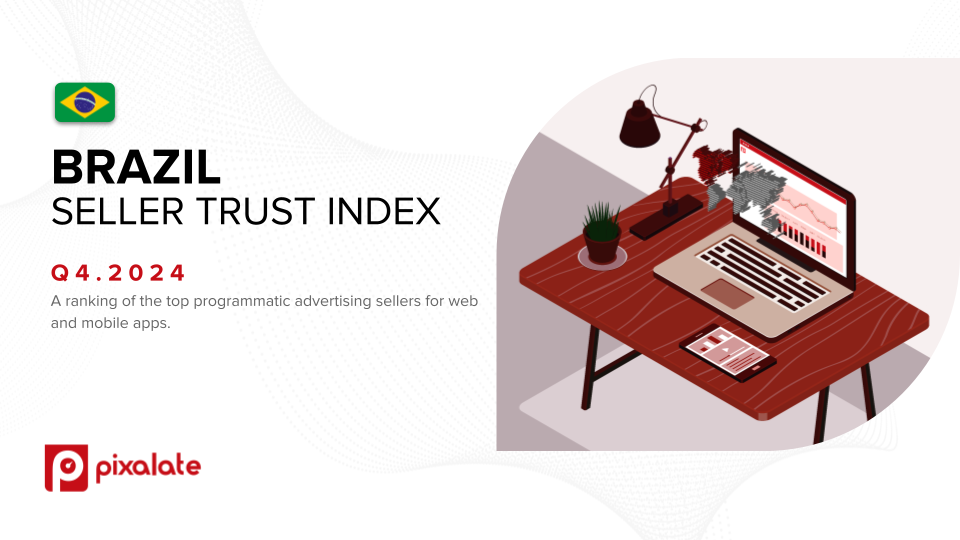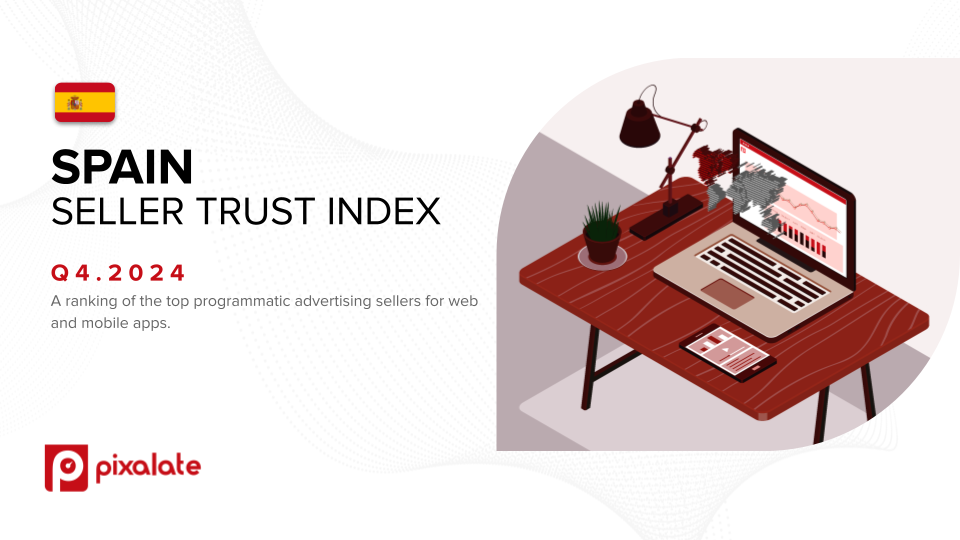One of the most challenging aspects of online advertising is knowing how to pick demand/supply platforms and publisher inventory. This is the case due to lack of true visibility into all aspects of the supply chain. There are several risks that can result from picking the wrong vendors such as poor viewability, lackluster click-thru rates, sub-standard conversion rates -- and worse of all advertising fraud. Ad fraud is known to be one of the biggest problems in the industry (measured to be a $6B to $10B problem). It is crucially important that advertisers know how to optimize campaigns, maximize their ROI and avoid costly and risky fraudulent activity.
The single most important tip to maximizing the quality of advertising inventory is to work with trusted sources and to know your supply chain.
In order to trust a supplier it is first important to understand how to gauge quality. The most important metrics to look at are:
- Network integrity - Quality of domains sold by sellers on open exchanges
- Inventory quality - Amount of legitimate inventory sources, masking and price
- Viewability - Measure of impressions classified as viewable per the Media Rating Council (MRC) defined standard
- Exposure to fraud - Measure of fake/forged impressions hidden from users or generated by botnets (human traffic vs. bot traffic)
- Amount of domain masking - Amount of programmatic inventory misrepresented as a different domain
- Exposure to malware - Number of seller impressions that deposit malware or are generated by malware-infected PCs
- Average user engagement levels - Evaluated based on user interaction (i.e. time spent on page mouse hover time and clicks)
For an interesting case study, here's the top suppliers for the "Education" category according to Pixalate data. Note that the education category is actually one of the most fraudulent categories (with over 50% fraudulent impressions according to our Q2 2015 data). Here each seller can be evaluated on different dimensions based on different data. This type of intelligence allows a media buyer to make highly intelligent decisions that are specific to their campaign goals.
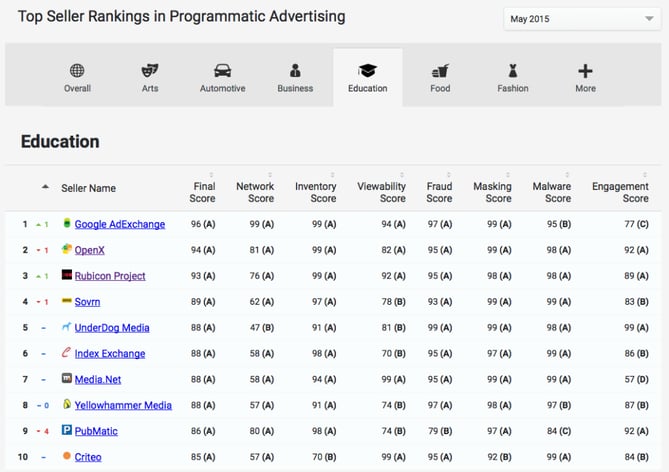
Taken from the 2015 Pixalate Global Seller Trust Index
Fore more granular information one can look at the publisher level. Take the example below of an in-depth analysis on an individual publisher based on the above mentioned metrics.
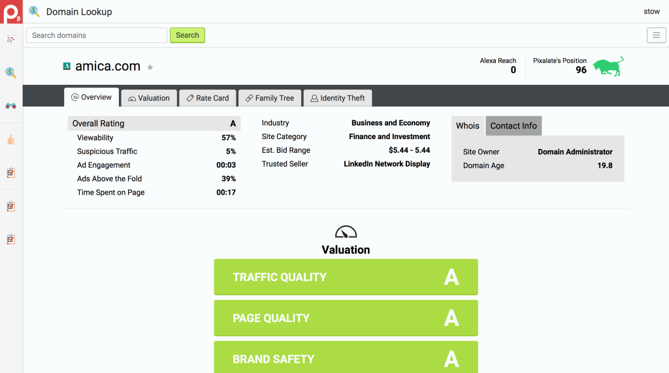
Taken from Pixalate Media Rating Terminal
Trust in advertising has become one of the most controversial topics in our industry because of lack of transparency. The programmatic industry should function like some of the trusted eco-systems that we've come to know and trust like Amazon, eBay and Uber. While efforts are being made to improve trust, the onus still falls on advertisers to know what (and from whom) they are buying.
Download the Full Global Seller Trust Index
The Quality Ratings Standard for Programmatic Advertising
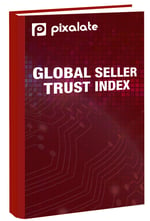
The Pixalate Global Seller Trust Index is the rating standard for programmatic advertising. It delivers data-driven measure of quality and security integrity of programmatic sellers. Pixalate continuously analyzes, rates and monitors sellers quality, performance and security posture using billions of real time transactions, corresponding web pages quality and external web quality data.


